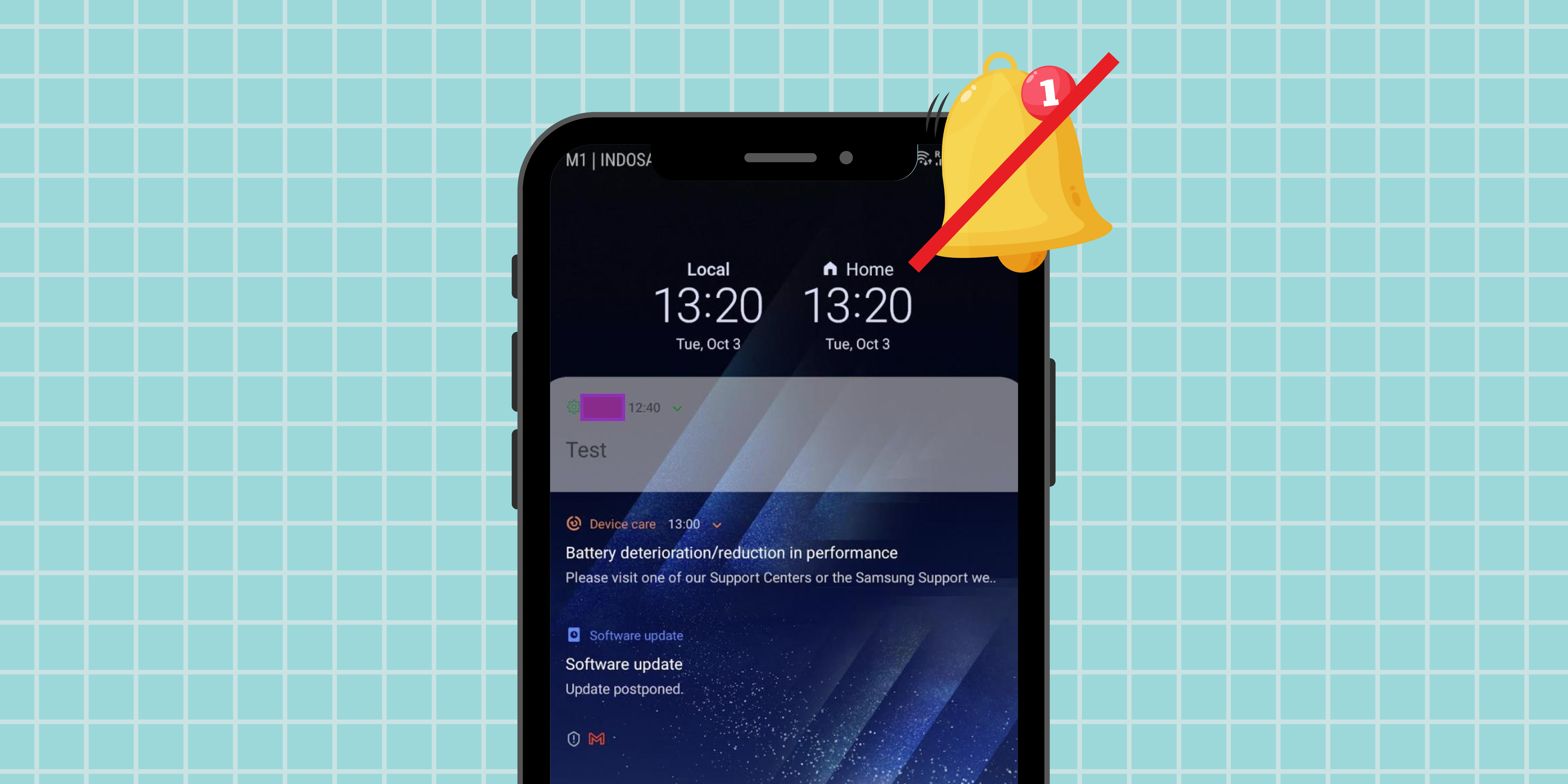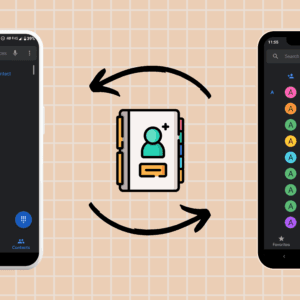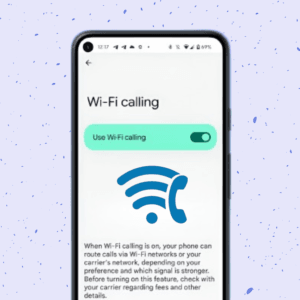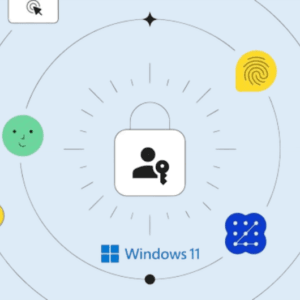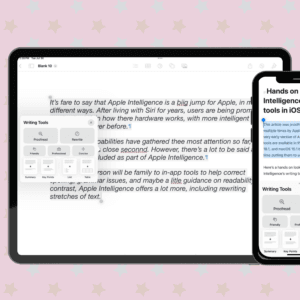Notifications, while helpful, can become a constant stream of interruptions that disrupt your focus. Fortunately, there are several methods to manage or completely silence these interruptions. In this guide, we’ll explore different ways to turn off app notifications on Android, providing you with a sense of relief from the constant buzz.
If you’ve ever felt overwhelmed by the constant buzz of app notifications on your Android phone and want to silence notifications from just one or all of them, there’s a solution for you here. This guide empowers you to regain control and manage your digital life with the methods below.
Method 1: Turn off notifications for individual apps
Sometimes, just one app seems to go overboard with notifications, and you’d rather silence that one app than cut off all notifications. Android makes it super easy to mute notifications from any specific app without affecting others.
1. Open the Settings app on your Android phone.
2. Scroll down until you find Apps or Apps & notifications, then tap on it.
3. Browse the list and tap on the app whose notifications you want to disable.
4. Select Notifications from the app’s settings menu.
5. Simply toggle off the switch next to Show notifications to mute notifications from that app.
This method lets you keep the notifications you care about while muting the less important ones.
Also read: How to transfer contacts from Android to Android.
Method 2: Turn off notifications for specific categories within an app
Not every notification from an app is annoying—some might actually be useful. If you want to keep certain types of notifications from an app while silencing others, Android gives you the flexibility to do just that. This flexibility puts you in control of your notification experience, empowering you to customize it to your liking.
1. Go to Settings on your device.
2. Tap on Apps or Apps & notifications.
3. Locate and select the app in question.
4. Choose Notifications to see all the different types of notifications the app can send.
5. Toggle off the notifications for the categories you don’t need while leaving the important ones on.
This method is perfect for receiving chat messages but not promotional alerts from the same app. Keep in mind that by turning off certain categories, you may miss out on important updates or offers, so choose wisely.
Method 3: Disable specific notifications from an app on Android
Have you ever received a particular notification from an app and immediately wished you could mute just that type? Android lets you do exactly that right from the notification itself.
1. Wait for the notification you don’t like to pop up.
2. Long-press the notification.
3. Tap on Turn off notifications or Settings.
4. You can choose to stop notifications entirely from this specific type or the app.
This approach is great for quickly muting those pesky notifications that seem to pop up at the worst times.
Also read: How to enable Wi-Fi calling on Android.
Method 4: Temporarily disable notifications using Do Not Disturb mode
Sometimes, you need a break from all notifications, whether you’re in a meeting, studying, or just want some quiet time. Do Not Disturb mode is your go-to solution for these situations.
1. Swipe down from the top of your screen to open the Quick Settings panel.
2. Look for the Do Not Disturb icon and tap it.
3. You can customize which notifications (like alarms or calls) are allowed in Settings under Sound & vibration if needed.
With Do Not Disturb mode, you can pause all notifications temporarily, ensuring you won’t be interrupted until you’re ready.
Method 5: Turn off lock screen notifications on Android
Lock screen notifications can be handy but can also be a privacy concern if they show sensitive information. If you’d rather not have notifications appear on your lock screen, you can easily disable them.
1. Head to Settings on your Android device.
2. Depending on your device, tap on Lock screen or Lock screen & security.
3. Find Notifications under lock screen settings and tap it.
4. Choose Hide content to prevent details from showing, or Don’t show notifications at all if you prefer a completely clean lock screen.
This setting is handy if you often leave your phone unattended or want to keep certain notifications private.
Also read: How to transfer data from Android to iPhone.
Method 6: Stop notifications from the notification panel
Sometimes, the easiest way to manage notifications is to go directly from the notification panel. This method is quick and effective, letting you instantly turn off app notifications as they appear.
1. Pull down the Notification Panel by swiping from the top of your screen.
2. Locate the notification you want to manage.
3. Swipe it left or right and tap on the gear icon that appears.
4. From here, you can choose to mute notifications from that app.
This method is a great way to manage notifications on the fly without having to dive into your settings.
Method 7: Turn off notifications using Google Assistant
Google Assistant can help you manage your notifications if you prefer voice commands over manual taps. It’s a hands-free way to stay on top of your notification settings, making the process more efficient and convenient for you.
1. Activate Google Assistant by saying “Hey Google” or by holding the home button.
2. Once Google Assistant is listening, say, “Turn off notifications for [App Name].”
3. Google Assistant will confirm and handle the task for you.
This option is ideal if you’re busy or simply want a quicker way to manage your notifications without going through menus.
Also read: How to block your number and hide your caller ID on iPhone or Android.
Method 8: Use third-party apps to manage notifications
If the built-in Android tools don’t offer the control you need, third-party apps can provide advanced notification management features, like filtering and notification history.
1. Head to the Google Play Store and search for notification management apps like Notisave or Notification Manager.
2. Download and install your preferred app.
3. Follow the app’s setup instructions to customize your notification preferences.
These apps are perfect for users who want to take their notification management to the next level, offering features that go beyond what’s available in Android’s default settings.
That’s a wrap!
You now know multiple ways to turn off app notifications on Android. Whether you just want to mute a single app or go completely silent, these methods offer you the necessary control. No more annoying pings or distracting alerts, just peace, quiet, and the freedom to focus on what matters. By taking charge of your notification experience, you can reduce stress, improve productivity, and enjoy a more peaceful digital life. Try out these tips and start reaping the benefits of effective notification management!
Was this helpful?
Chhavi Tomar is a dynamic person who works as an Editor for The Writing Paradigm. She studied B.Sc. Physics and is currently doing a B.Ed. She has more than three years of experience in editing, gained through freelance projects. Chhavi is skilled in technology editing and is actively improving her abilities in this field. Her dedication to accuracy and natural talent for technology make her valuable in the changing world of digital content.
